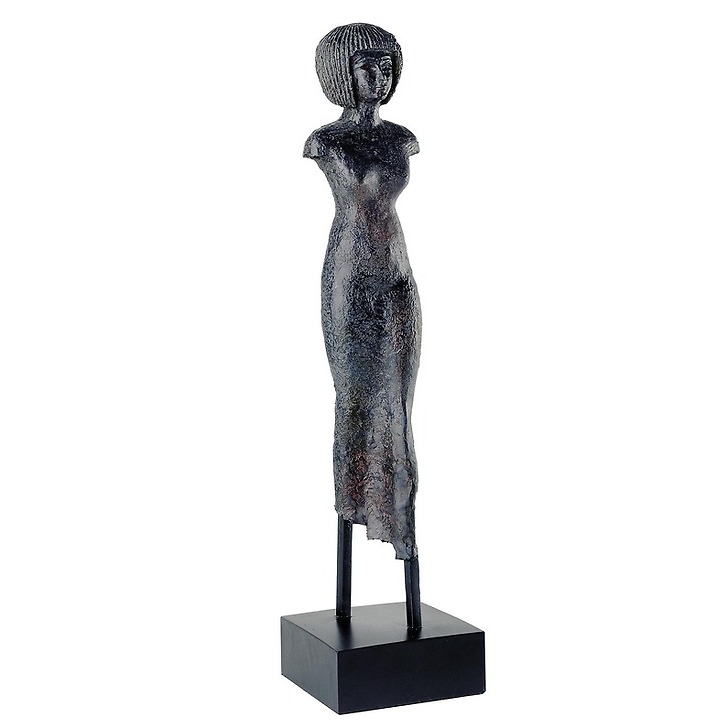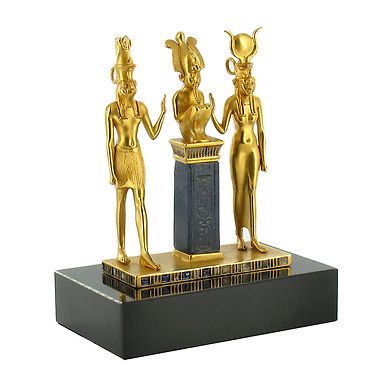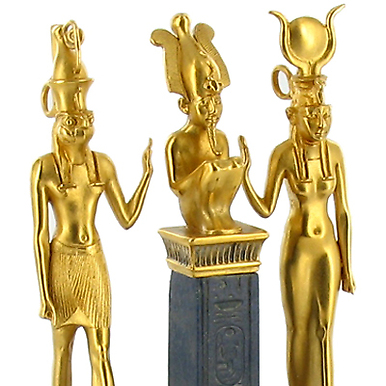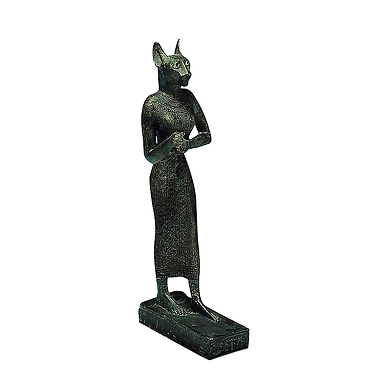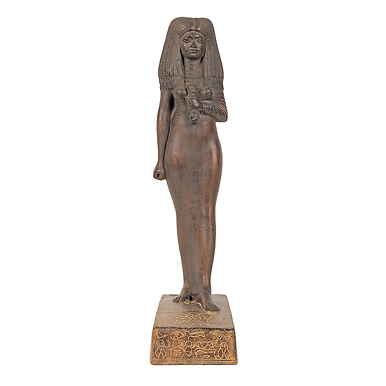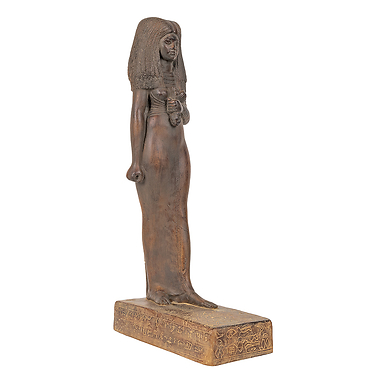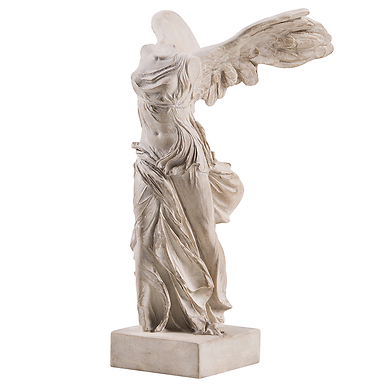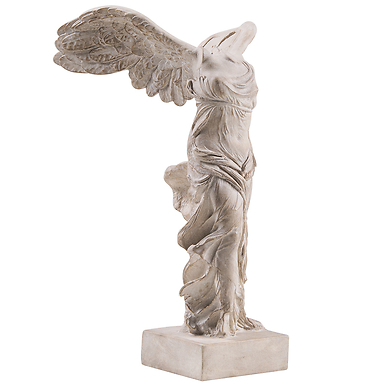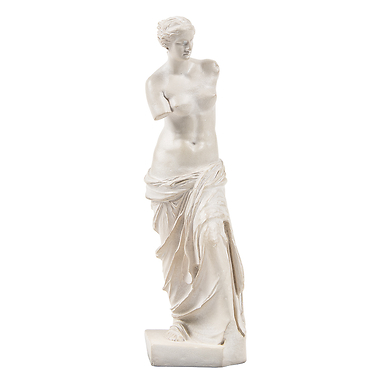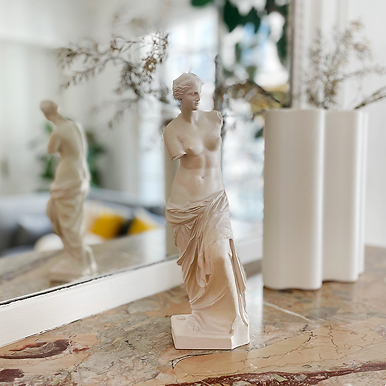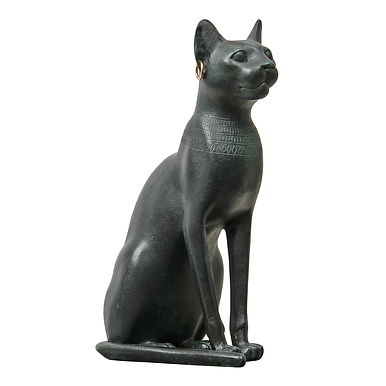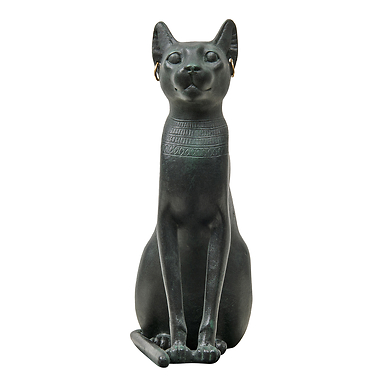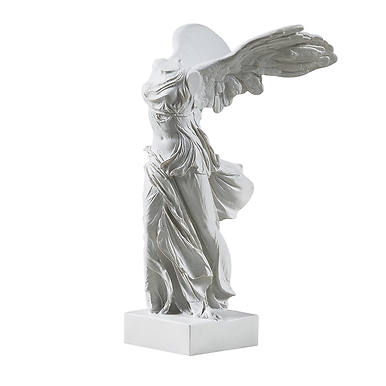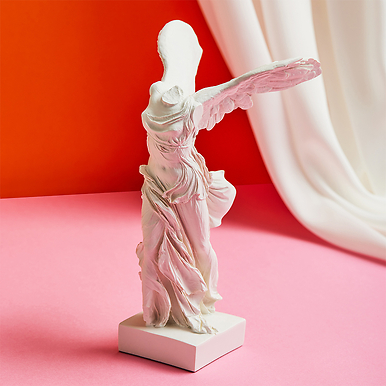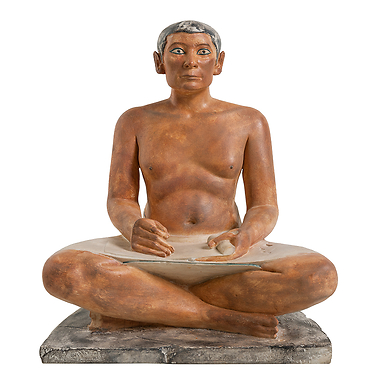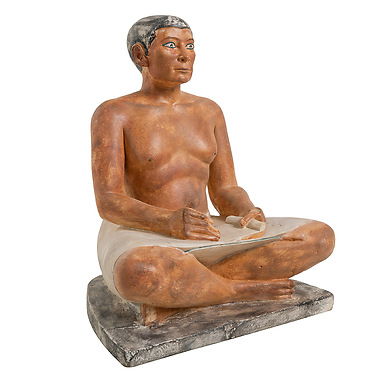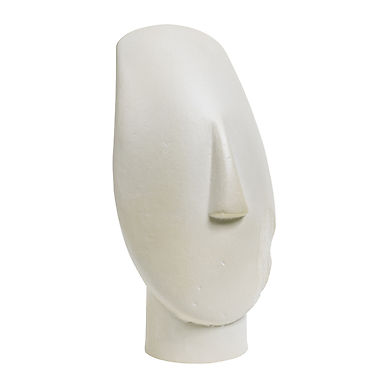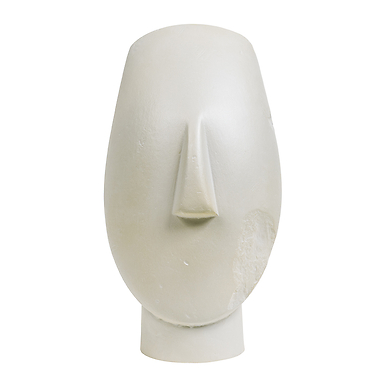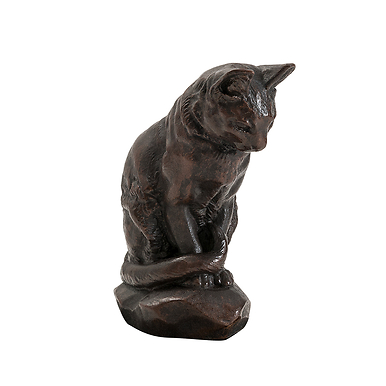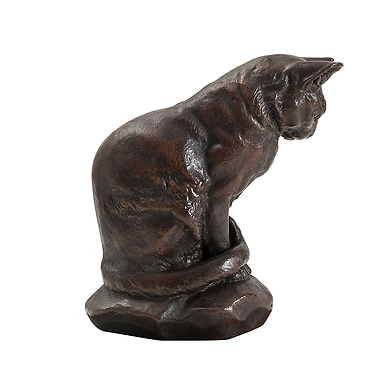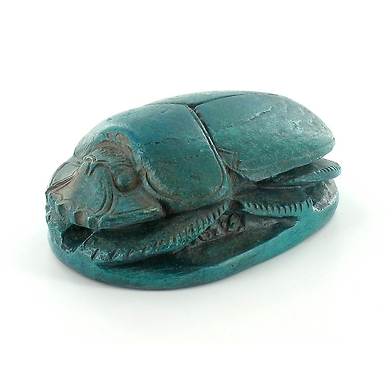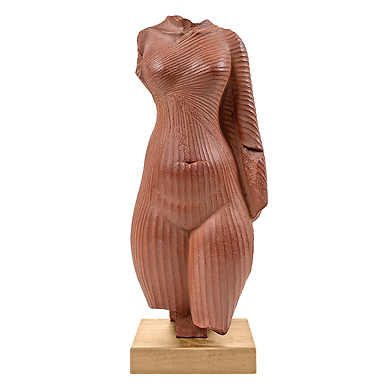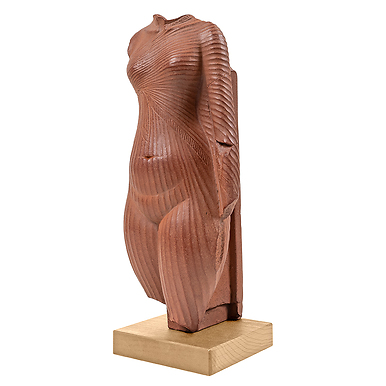Sculpture Egyptian Woman
RE000109
Reproduction patinated by hand. Mold made from an imprint of the original work exhibited at the Louvre.
This statue of a woman is one of the rare examples of lay statuary in bronze, and its big size makes it even more unusual. Even though bronze objects are known to have been made during the Middle...
Read more
Reproduction patinated by hand. Mold made from an imprint of the original work exhibited at the Louvre.
This statue of a woman is one of the rare examples of lay statuary in bronze, and its big size makes it even more unusual. Even though bronze objects are known to have been made during the Middle Empire (around 2060-1786 B.C.), it is only in the Late Period, especially during the 22nd Dynasty, that the art of bronze was fully developed, as demonstrated by the very large number of small statuettes representing divinities.
This upright woman, in a walking stance, wears a short, curly wig and a closely-fitting dress. The forms recall the art of the Old Empire, a typical feature of this period. Both body and wig were cast in one single piece, using the "cire perdue" method; the arms, which were cast separately, have disappeared.
Close
Sold by GrandPalaisRmn

